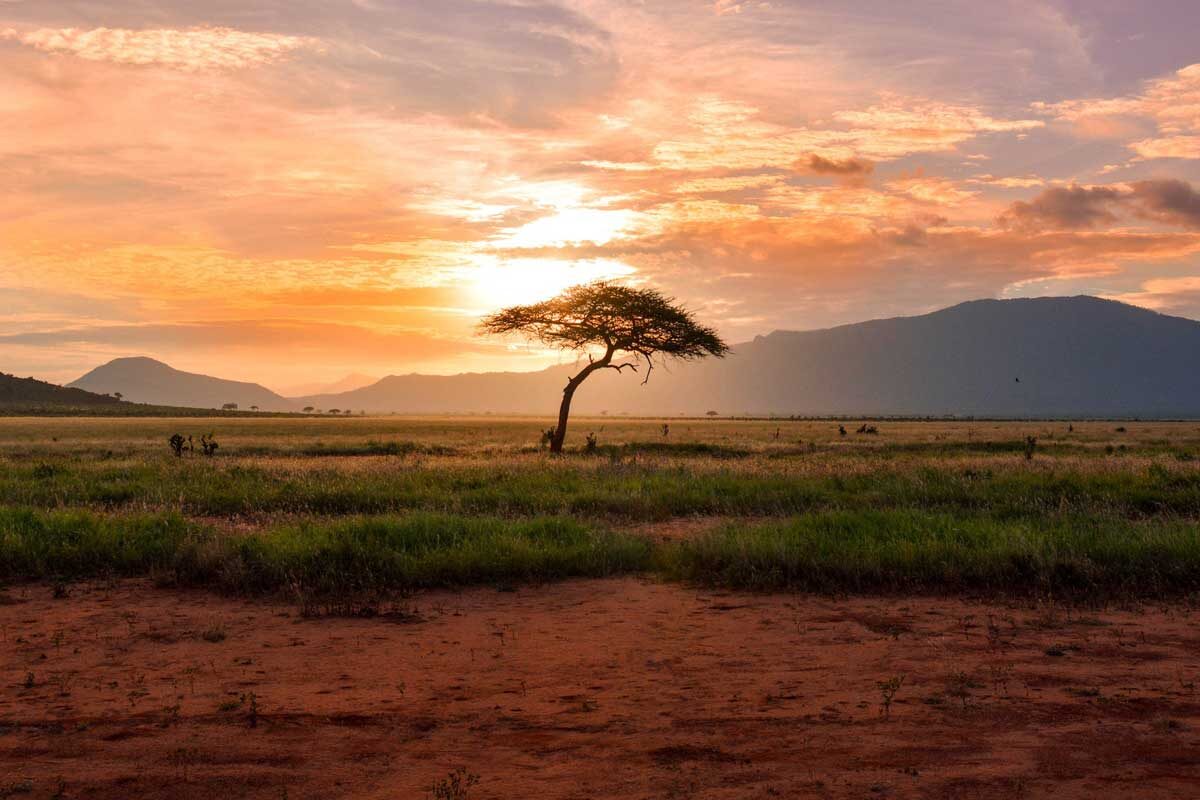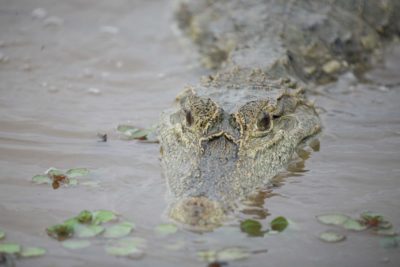Described by the IUCN as the ‘world’s most irreplaceable concentration of biodiversity’, the Sierra Nevada is indeed unique. Revered by its ancient inhabitants – the Kogi, Arhuaco, Kankuamo and Wiwa peoples – as ‘the heart of the world’ its anthropological history alone is exceptional. In the eyes of the present-day Kogi, descendants of the Tayrona, we are the ignorant ‘little brother’, a society that has yet to learn the basics of living in harmony with our precious natural surroundings. The Sierra itself is liberally littered with ancient ruins built by the Tayrona between 500 and 1,000 years ago, a people who were almost wiped out before managing to flee to their mountain hideaway and safety from the Spanish.
Located on the edge of the Caribbean coast, the Sierra Nevada de Santa Marta contains Colombia’s two highest peaks reaching up to 5,770 masl (18,930ft). It is just 46km as the crow flies from the sea, making it the world’s highest coastal range and one of the world’s most prominent mountain ranges. The Sierra’s sheer size (some 600,000ha or more) creates its own weather pattern, meaning an increased level of rainfall across its north-western edge where moisture-laden clouds collide with the foothills and lower mountains.
Geologically it is thought that the Sierra Nevada de Santa Marta split from the central Andes some 400 million years ago on its 200km journey across the north of Colombia, growing and becoming more and more isolated as it progressed. The isolation, altitude and sheer variety of ecosystems has led to the Sierra becoming Latin America’s most important centre for endemism – a typical three-day birding trip can result in an impressive list of over 20 endemics found only in the upper altitudes of the Sierra.








